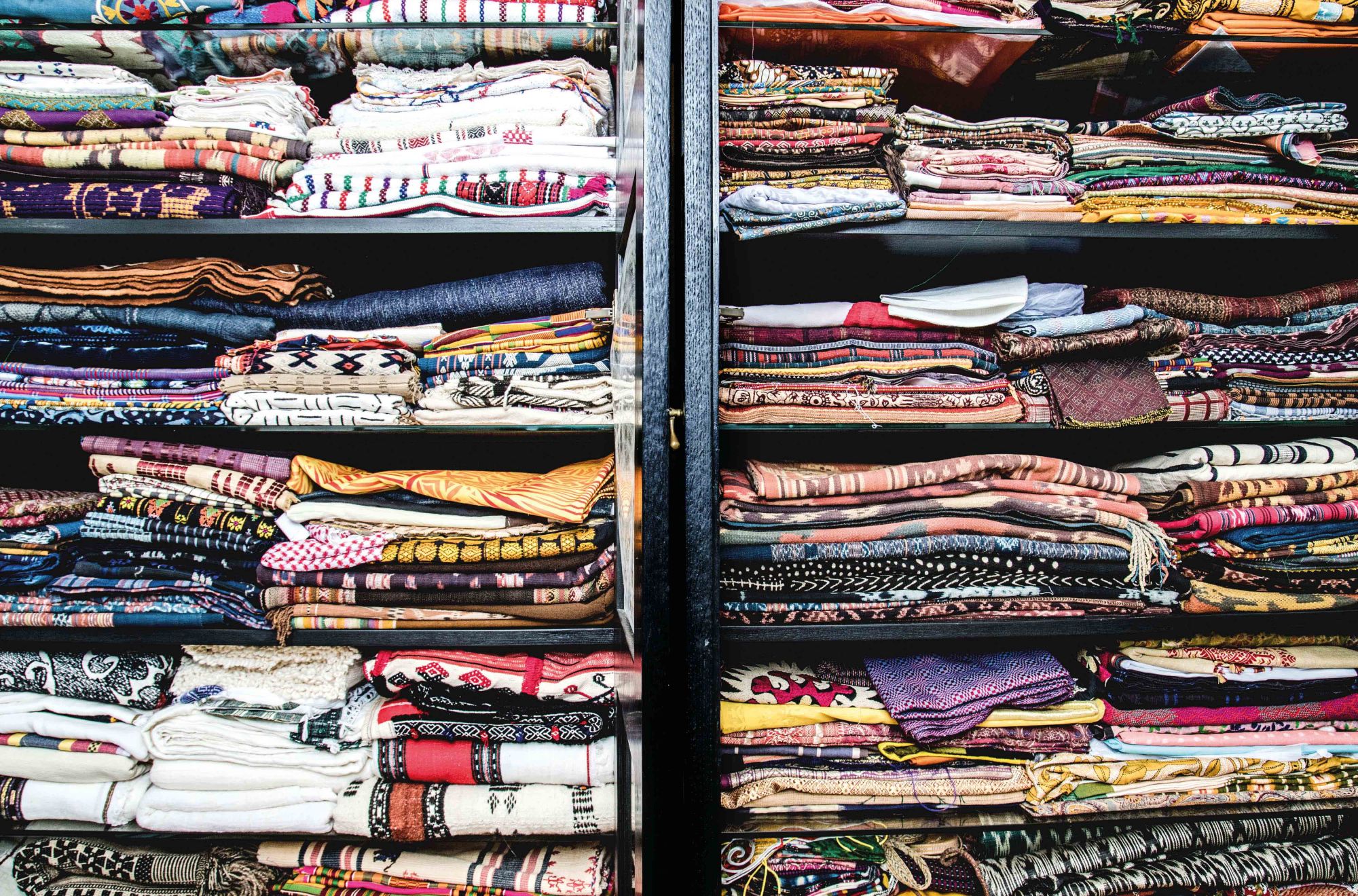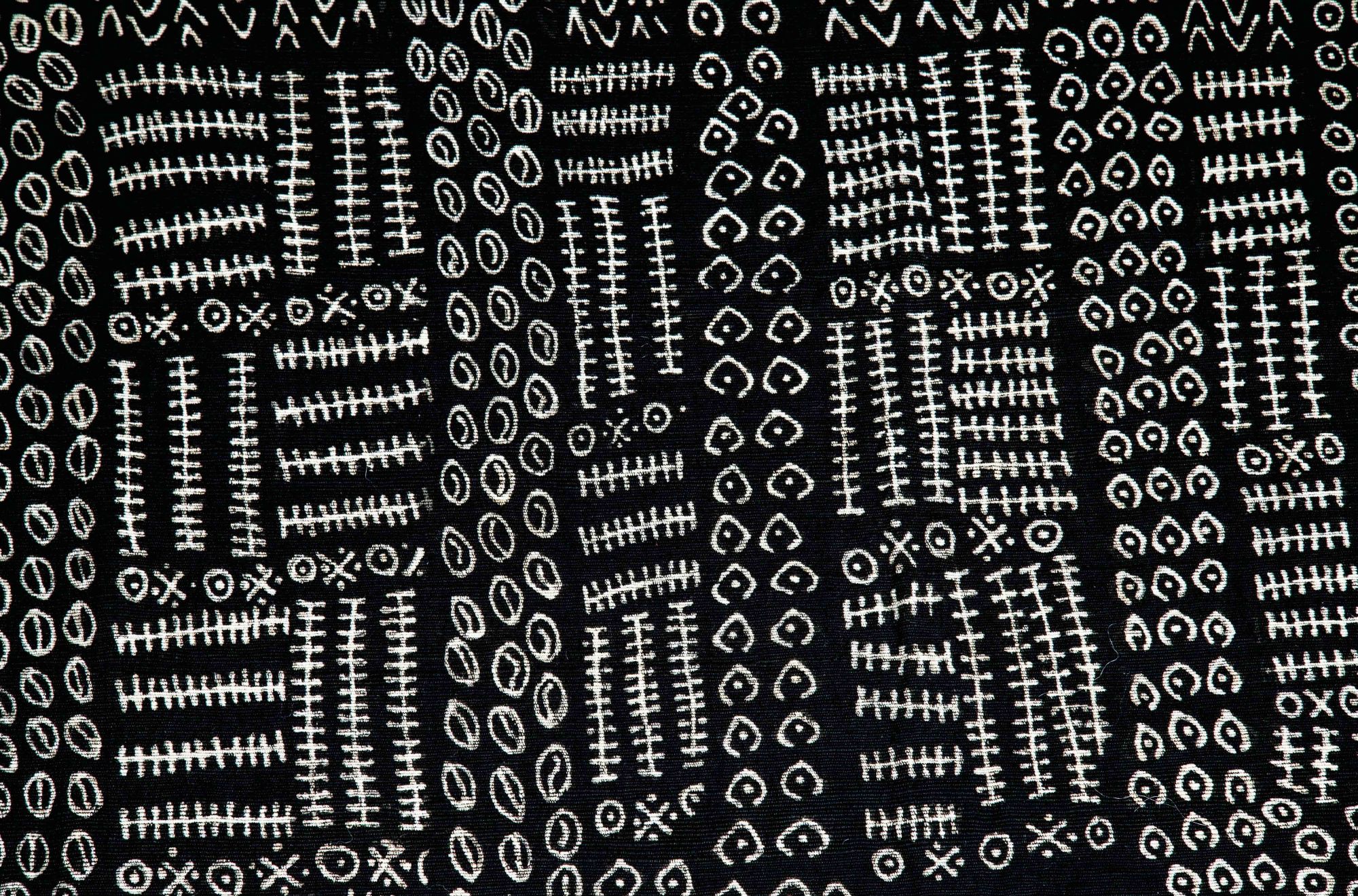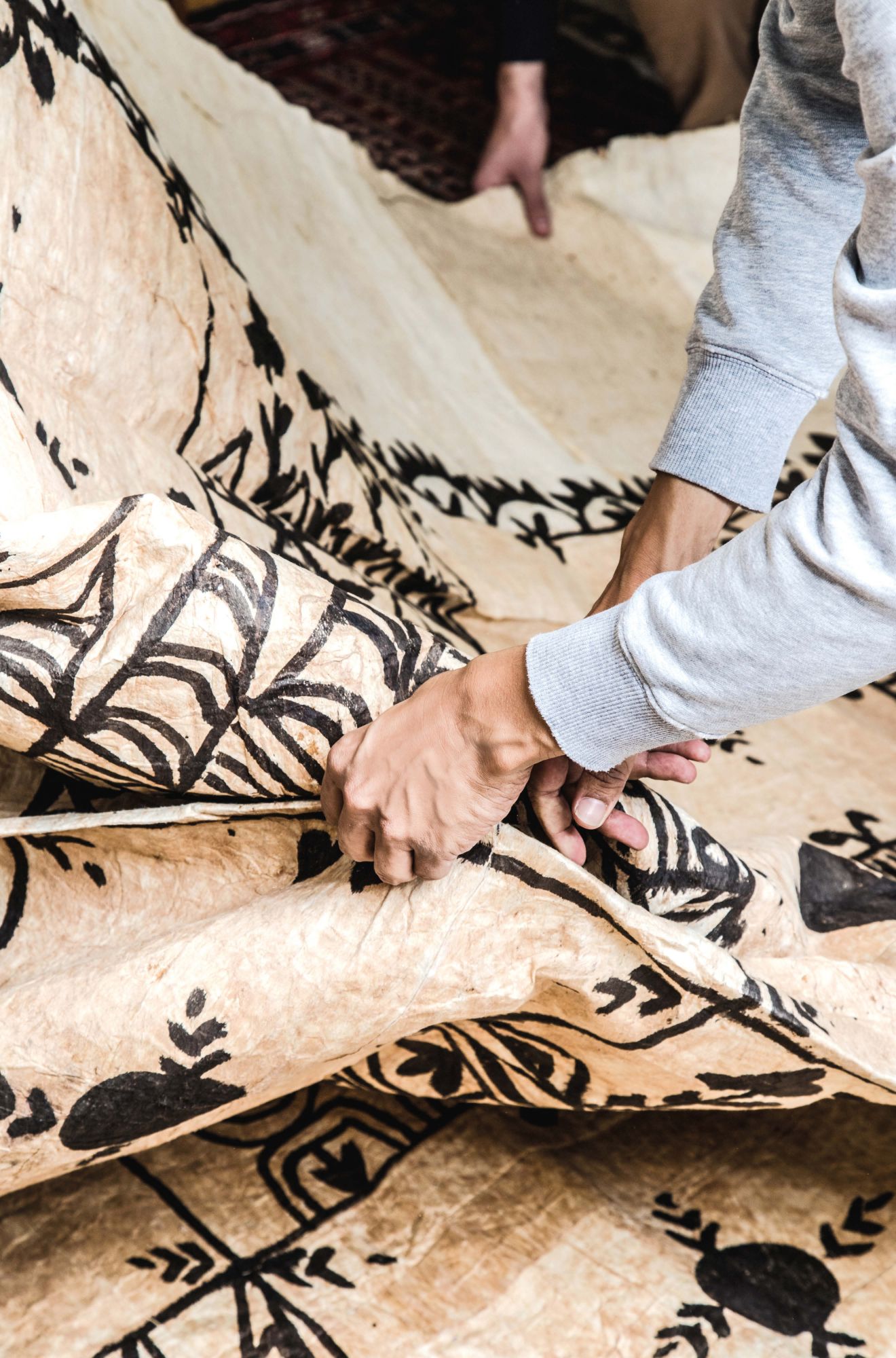Para Site director Cosmin Costinas gives Oliver Giles a tour of his enormous collection of textiles, which tell tales of war, trade and tradition
"Oh, I’m getting all excited now,” Cosmin Costinas exclaims as he flings open a wardrobe in his apartment, revealing hundreds of brightly coloured, intricately patterned textiles stacked on top of each other. “I think I have over a thousand,” he adds, opening a second cupboard packed with fabrics and gesturing at the reams of material draped around his living room. “But there may be more.”
Costinas, who is executive director of Hong Kong’s Para Site art space, has been collecting textiles for about eight years. “I started collecting on a trip to Mexico,” says Costinas. “In the beginning, collecting textiles was very connected to travel, it was very much part of an effort to understand places I was visiting. I work in contemporary art, and textiles provide a really interesting counterpoint to that.

“Artists are free and they’re mobile and their imagination is not really dependent on where they come from—sometimes they have the whole world in their mind. Textiles are much more embedded in local economies. [They’re defined by] what’s available, what people want to wear for ceremonial purposes, what the local traditions are.”
See also: Poll: Would You Buy Art Over Instagram?
But the hobby quickly spiralled into an obsession when Costinas moved to Hong Kong in 2011. “It was definitely moving to Asia that I really began collecting more,” says Costinas. “Southeast Asia is really such a rich trove of textiles. In terms of its diversity, it’s unparalleled in the world.”
In his collection, Costinas now has fabrics from every continent except Antarctica, with pieces ranging from handkerchief-sized fragments of embroidered silk from Romania to 30-metre-long rugs from Tonga made from bark cloth. One of the more unusual items in the collection is a 19th-century pua kumbu textile made by the Iban people in Borneo. “It was actually used in the context of headhunting ceremonies and there are actually still traces of blood on it,” says Costinas, pointing to a small dark stain.





